Large Copper (Lycaena dispar)
Deep Overview: Large Copper (Lycaena dispar)
The Large Copper (Lycaena dispar) is a striking butterfly known for its vivid orange wings, bold black markings, and historical significance in conservation. While the nominate subspecies (L. dispar dispar) became extinct in Britain in the 19th century, the species continues to thrive in parts of Europe and Asia. Its survival depends on wetland preservation, as its caterpillars primarily feed on dock plants growing in marshy areas.
Taxonomy & Classification
- Kingdom: Animalia
- Phylum: Arthropoda
- Class: Insecta
- Order: Lepidoptera
- Family: Lycaenidae (Blues, Coppers, and Hairstreaks)
- Genus: Lycaena
- Species: Lycaena dispar
- Common Names:
- Large Copper
- Great Copper
Subspecies:
- Extinct Subspecies:
- Lycaena dispar dispar – Formerly native to Britain, went extinct in the 19th century
- Surviving Subspecies:
- Lycaena dispar rutilus – Found in mainland Europe, especially in wet meadows
- Lycaena dispar batava – Dutch subspecies, limited to the Netherlands
Physical Description
- Wingspan: 37–44 mm (1.5–1.7 in)
- Coloration & Markings:
- Males:
- Bright fiery orange upperwings with black spots and a dark brown border
- Females:
- Similar to males but with more black markings
- Hindwings sometimes display a row of blue spots near the edges
- Underwings:
- Light orange with black spots
- A subtle white fringe on the hindwings
- Males:
- Key Features:
- Larger than the Small Copper (Lycaena phlaeas)
- Bright and highly visible in flight
Distribution & Habitat
- Geographic Range:
- Survives in continental Europe, western Asia, and parts of Russia
- Previously found in Britain, where it is now extinct
- Preferred Habitat:
- Wet meadows, marshlands, fens, and riverbanks
- Requires areas where dock plants (Rumex) thrive
- Subspecies L. dispar batava is restricted to protected wetland areas in the Netherlands
Behavior & Adaptations
- Territorial Males:
- Males aggressively chase away rivals and other insects
- Basking & Sun Exposure:
- Often seen warming up on leaves and flowers before taking flight
- Short Flight Periods:
- Only one or two broods per year, depending on climate
- Moderate Flyer:
- Stronger than the Small Copper but still stays close to vegetation
Diet & Feeding Habits
- Caterpillars (Larvae):
- Feed mainly on dock plants (Rumex hydrolapathum, Rumex crispus)
- Adult Butterflies:
- Nectar feeders, preferring flowers like thistles, buttercups, and ragwort
- Feeding Strategy:
- Often seen nectaring on low-growing flowers in wetlands
Reproduction & Life Cycle
- Breeding Season:
- June to August in temperate regions
- Egg-Laying:
- Females lay eggs on the underside of dock leaves, near water
- Caterpillar Stage:
- Green with a slightly flattened body and a faint stripe
- Feeds on dock leaves before pupating
- Pupation & Overwintering:
- Overwinters as a caterpillar, hidden in plant debris
- Lifespan:
- Adults live about 2–4 weeks
Predators & Threats
- Natural Predators:
- Birds, spiders, and predatory insects
- Human-Related Threats:
- Wetland destruction due to agriculture and drainage projects
- Climate change affecting marshland ecosystems
- Conservation Status:
- Extinct in Britain, but still present in Europe
- Subspecies L. dispar batava is vulnerable and protected
Ecological Importance
- Pollinator:
- Helps maintain wetland plant diversity
- Indicator Species:
- Presence indicates a healthy wetland ecosystem
- Part of the Food Chain:
- Caterpillars provide food for birds and predatory insects
Relationship with Humans
- Early Conservation Efforts:
- The extinction of the British Large Copper (L. dispar dispar) in the 19th century helped raise awareness about butterfly conservation
- Reintroduction Attempts:
- Various efforts have been made to reintroduce similar subspecies to Britain, with mixed success
- No Agricultural Impact:
- Unlike some butterfly larvae, Large Copper caterpillars do not harm crops
Fun Facts
- One of the first butterflies lost to human-driven habitat destruction
- Females prefer laying eggs on dock plants near water, ensuring larval food supply
- Despite its large size, it is not a strong long-distance flyer
- In colder climates, it may have only one generation per year
Conclusion
The Lycaena dispar is a stunning yet vulnerable butterfly, dependent on wetland ecosystems for survival. Once extinct in Britain, conservation efforts continue to protect remaining populations in Europe and Asia. Its bright orange wings, strong territorial instincts, and role as a wetland pollinator make it an important species in nature.
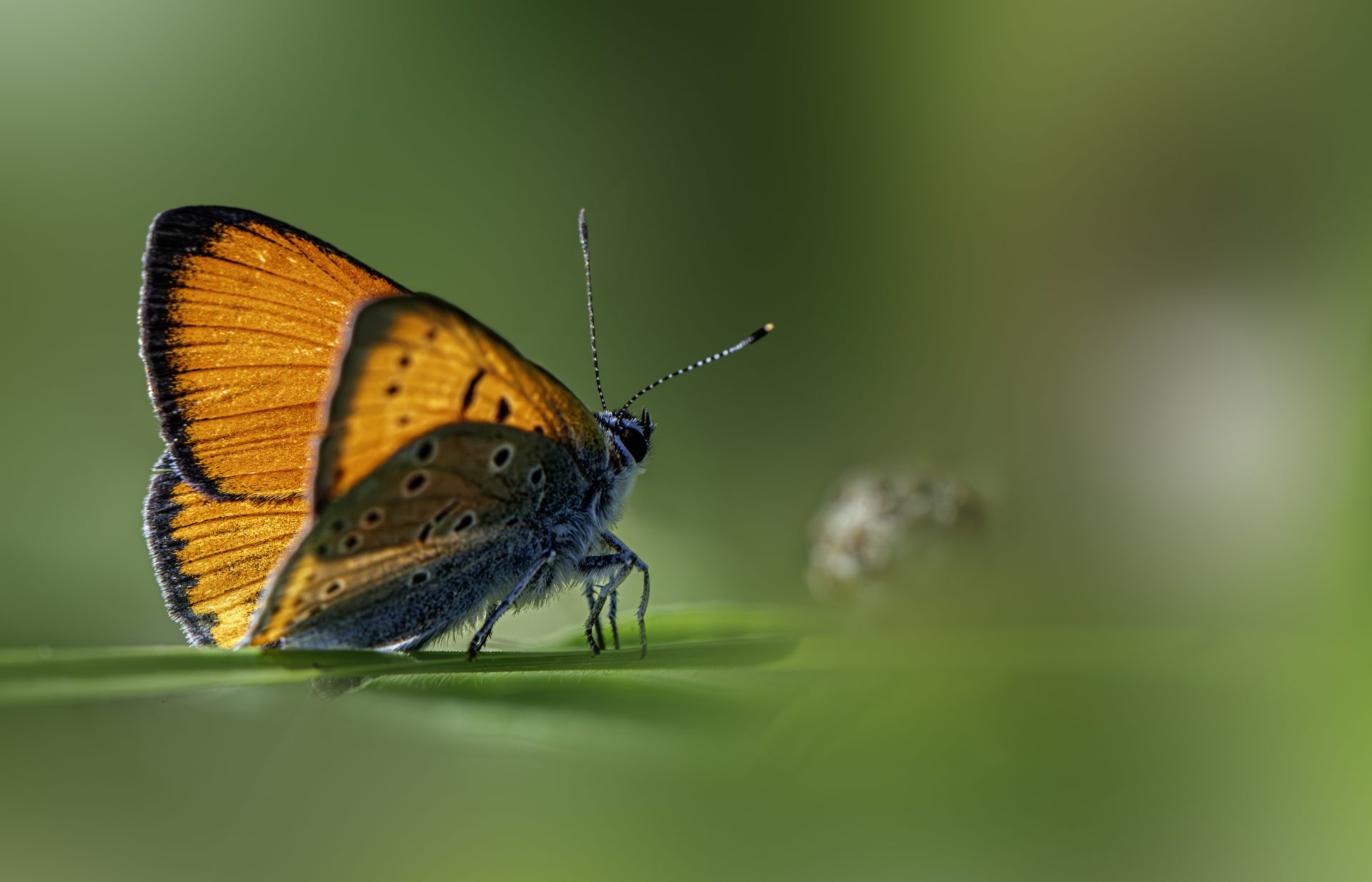
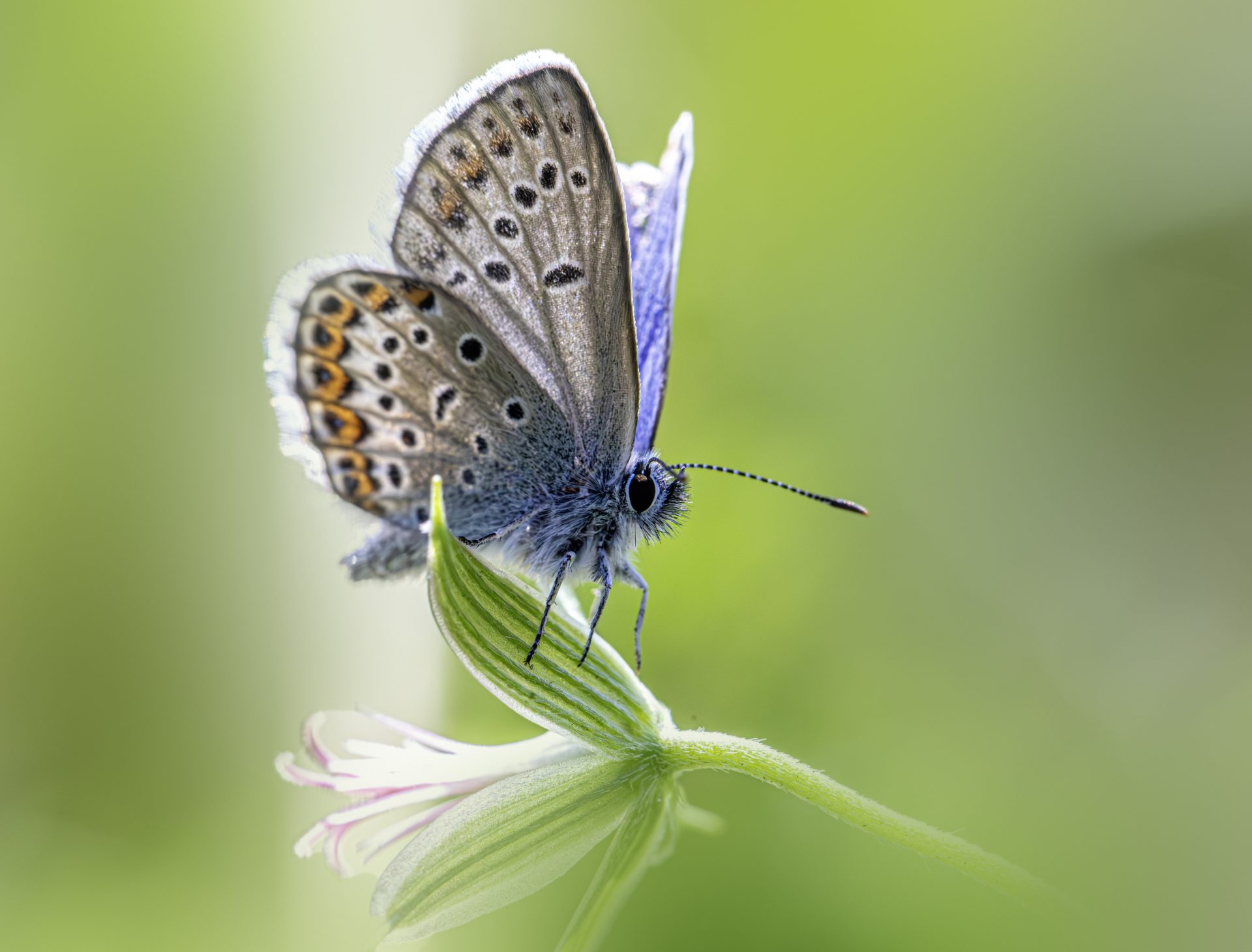
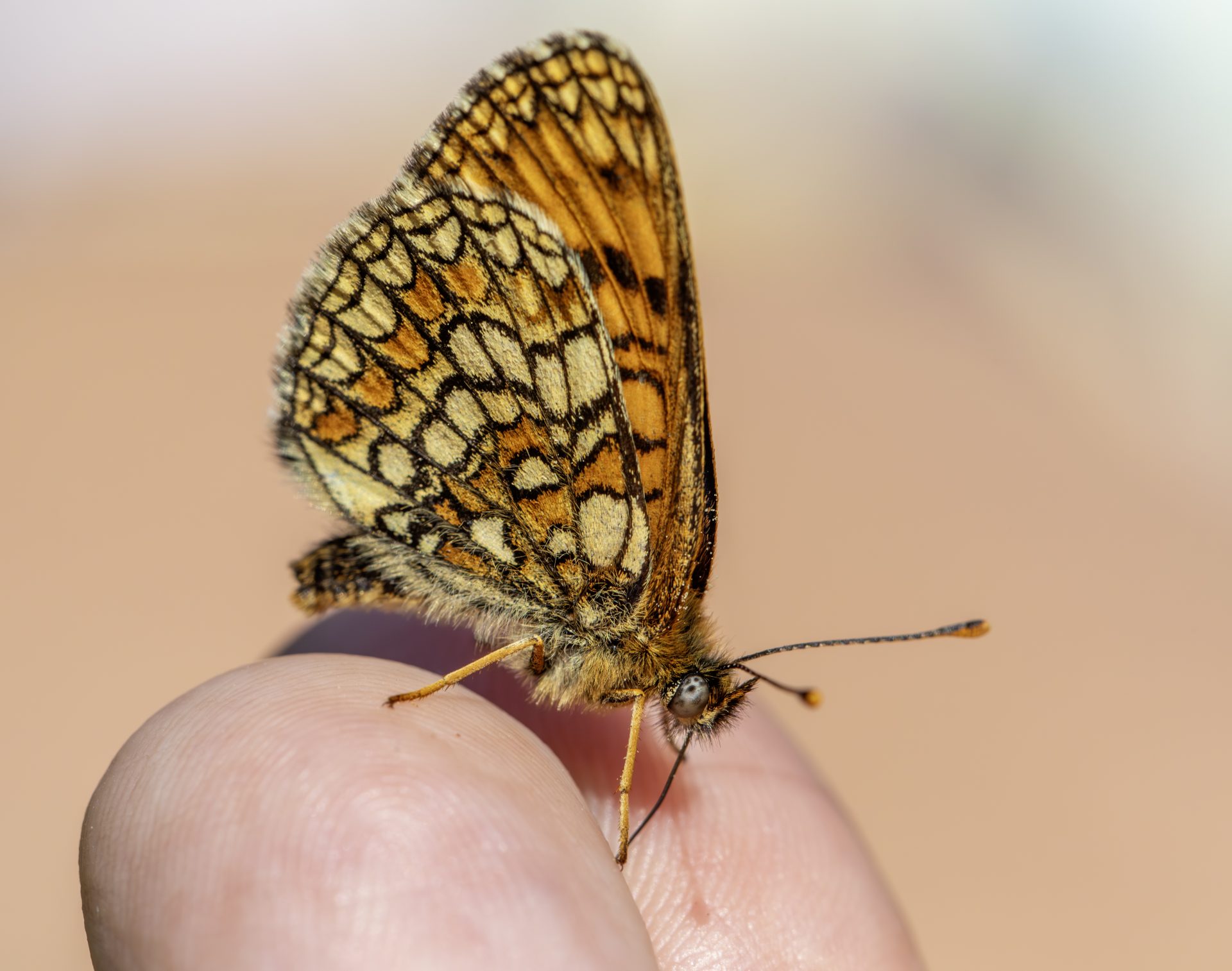
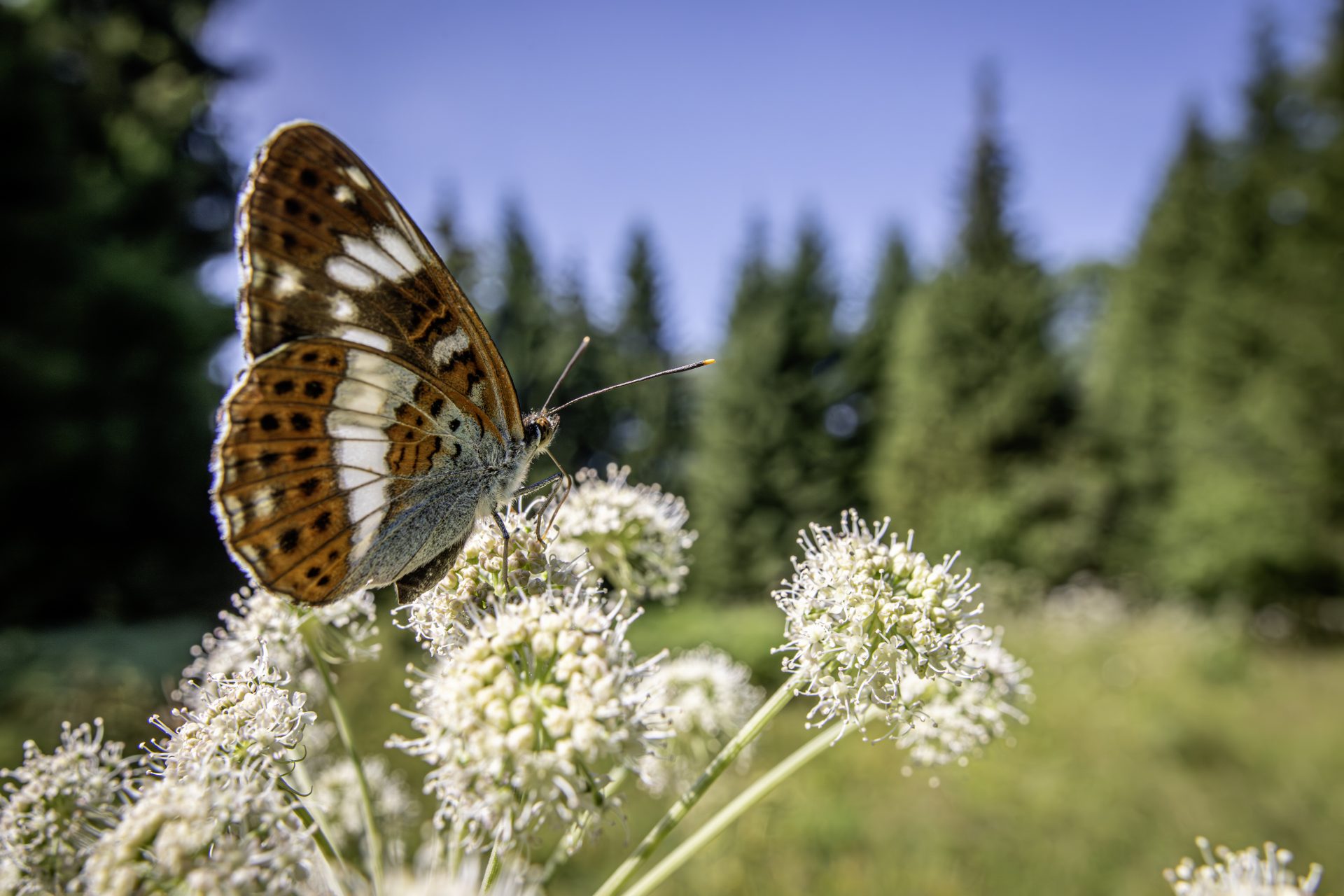
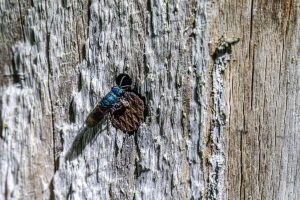
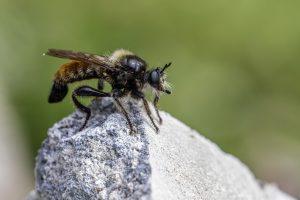
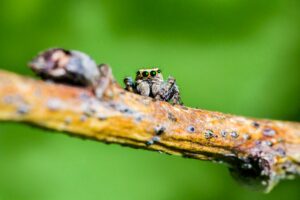
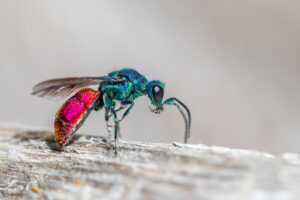
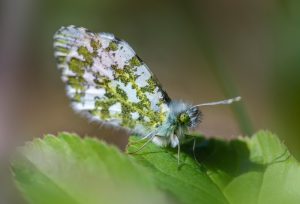
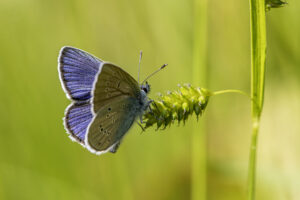
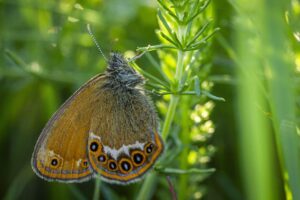
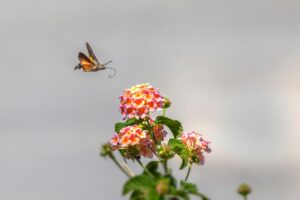
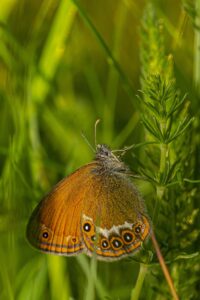
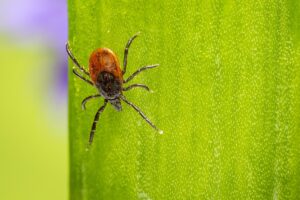
Post Comment